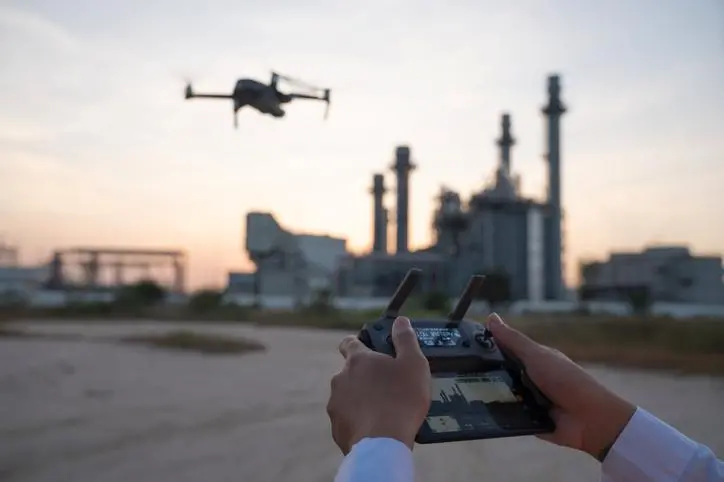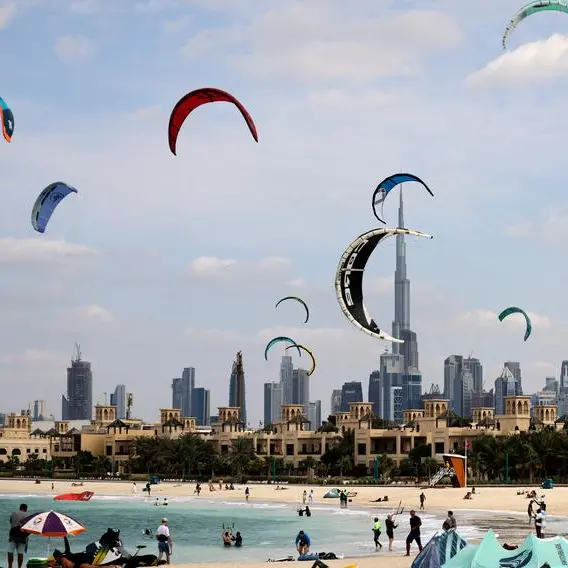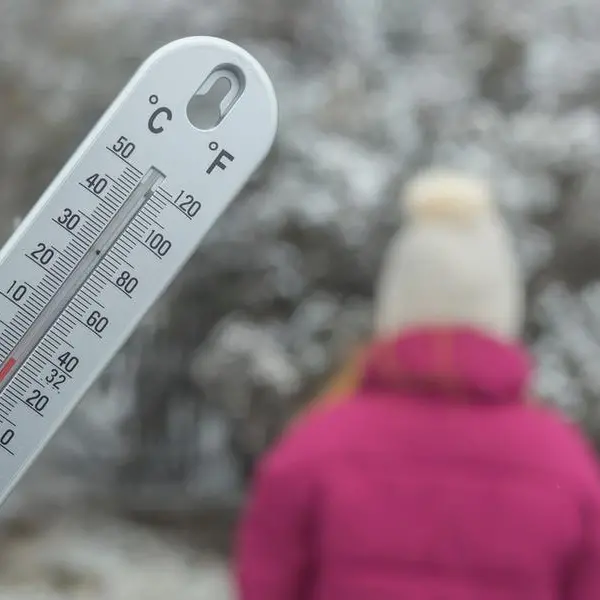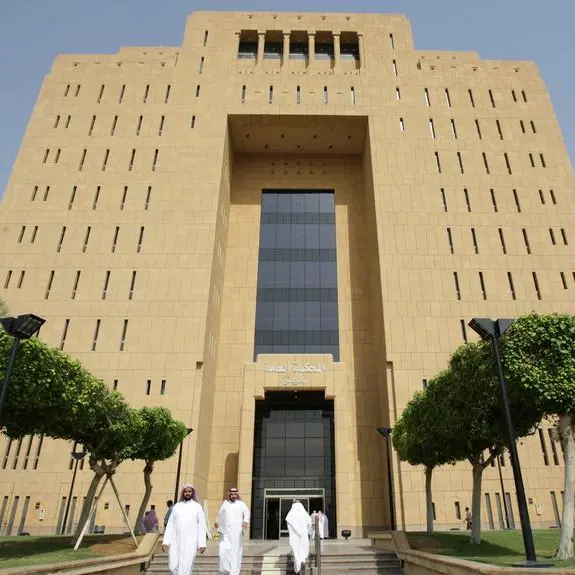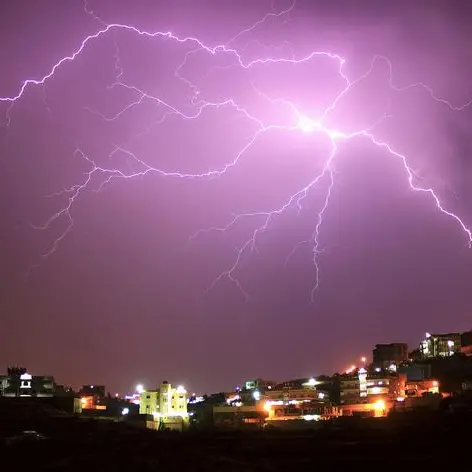PHOTO
UAE - Drones will be used to plant mangrove seeds on Abu Dhabi’s coast and to monitor their growth over the year, authorities have announced.
The Environment Agency – Abu Dhabi (EAD) on Monday said it was partnering with the global utility company ENGIE to launch the first phase of the 'Blue Carbon' Environmental and Social Responsibility project that uses drone technology to help rehabilitate areas of Abu Dhabi’s mangrove habitats.
This pioneering initiative will use specialised, custom UAE-built drones and rigging to plant thousands of mangrove seeds near ENGIE’s Mirfa plant in Abu Dhabi.
The UAE-based Unmanned Aerial Vehicle environmental analysis company, Distant Imagery, created high accuracy mapping and site analysis tied to tidal change. It also worked with EAD’s experts on a scientific review of the four different potential sites, with Mirfa lagoon being chosen for the project.
Distant Imagery will use its self-engineered drones and seed dispersal rigging to plant at least 4,000 mangrove seeds using scientific best practices by December. Continued site monitoring will evaluate the carbon storage of the rehabilitated area as well as the ecosystem services they provide.
Ahmed Al Hashmi, the acting executive director for Terrestrial and Marine Biodiversity at Environment Agency – Abu Dhabi, said: “We are very pleased to be rehabilitating mangroves using drone technology in this first-of-its-kind project in the world. Using the latest technology in our environmental endeavours is the core to what we do. Similarly, we are consistently propagating different species and the Blue Carbon Project is another example of it."
He added: “Partnerships are always a great contributor to the success of any project, and by collaborating with ENGIE we are certain that we will achieve the desired results, with the common goal of conserving the environment. Rehabilitating mangroves for the sequestration of carbon is one of the methods used to combat climate change and EAD is always dedicated to that cause.”
Why mangroves are vital
Mangroves are abundant along the coastline of the emirate of Abu Dhabi and are vital in the storage of blue carbon - the term for carbon captured by the world's oceans and coastal ecosystems, including sea grasses, mangroves, and salt marshes.
Though much smaller in size than the planet's forests, these coastal systems sequester carbon at a much faster rate and can continue to do so for thousands of years.
Copyright © 2020 Khaleej Times. All Rights Reserved. Provided by SyndiGate Media Inc. (Syndigate.info).
